Nettsider med emneord «Climate change»
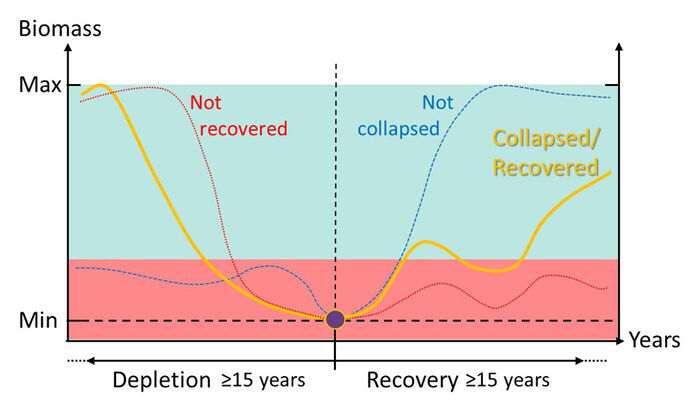
The worldwide human footprint is increasingly evident. Over the decades, many species have collapsed or are collapsing with only some recovering. A key question is what happens to these populations after the collapse. In a study published in Scientific Reports (Durant et al 2024), we test whether the effect on fish populations from overfishing, climate, and survival of young fish remains the same after a collapse.

Climate change, and especially alteration in sea temperature, is expected to have major effects on the distribution and abundance of marine fish. This is in particular the case in northern high-latitude marine ecosystems, where IPCC expects global warming to be especially pronounced.
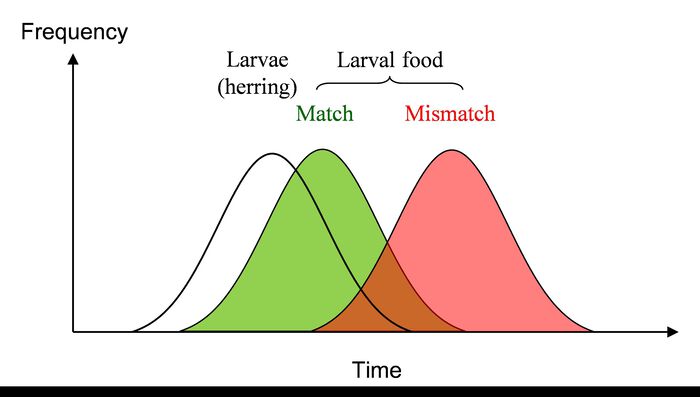
Climate change is thought to change many aspects of the marine life. Among others, one can mention changes in species distribution (immigration of species; new species coming to northern areas), the rate of development (warmer the temperature, the faster is the development), and change in the timing of the reproduction. The latter has recently caught a lot of attention around a nearly 50 years old hypothesis of the British fisheries biologist David Cushing.
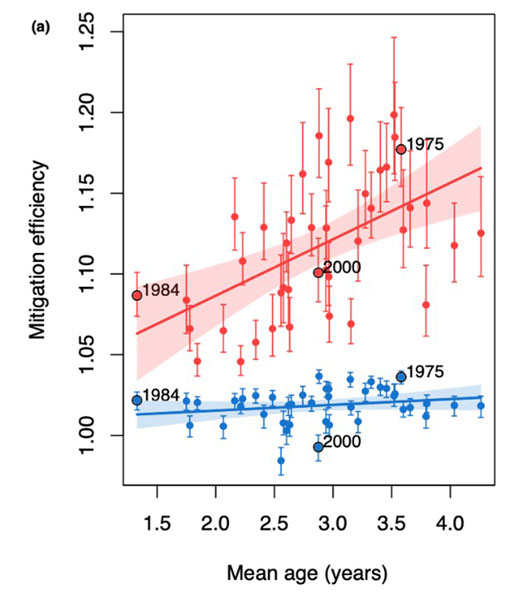
Climate change and increasing human activity are increasing risks of mass mortality events. In their recent study published in the Journal of Applied Ecology, Buttay et al. (2023) have focused on perturbations that could impact the early life stage of fish. Using the Northeast Arctic cod in the Barents Sea as an example, they evaluated different mitigation strategies alleviating the effect of such dramatic events on the population.
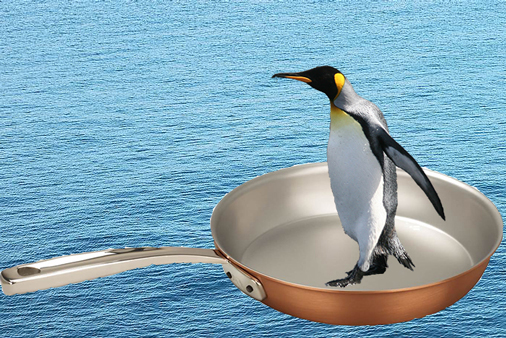
Penguins are highly visible species for the public. Their life has been portrayed in many movies. Unfortunately they are also species impacted by climate change. In a recent publication a team led by Charles Bost used long-term data to relate the large-scale climatic anomalies in the Southern Hemisphere to the foraging behaviour and population dynamics of the king penguin.
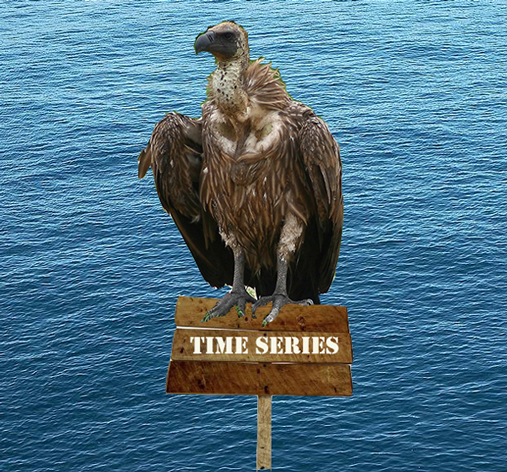
Some while ago a student asked us if we were collecting data in the marine ecological group at CEES. We were forced to acknowledge that we were not. From this follows a real cri de coeur: “but we are only scavengers!” Are we really? If we are, is it all bad?
Climate Changes and Zoonotic Epidemiology in Wildlife Systems (ZEWS)
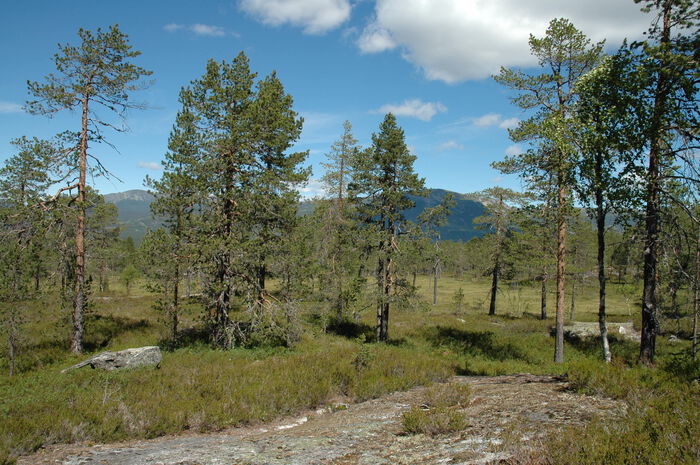
Lakes and rivers are the source of drinking water for most people in Norway, Sweden and Finland. Presently, climate change is posing a threat for the quality of drinking water sources. In recent years, concentrations of dissolved organic matter (DOM) in lakes and rivers have increased and associated with this, surface waters have become browner. This poses a major challenge to drinking water providers, as removal of DOM is a key step in drinking water treatment.
Both climate and atmospheric deposition are likely to blame for the brownification of surface waters. Brownification is expected to continue under climate change, but to what extent is unclear. Adaptation measures needed are likely to raise costs of water treatment and require long-term investments. In order to maintain good drinking water quality in the future, municipalities and other stakeholders urgently need science-based projections of raw water quality under climate change as well as information about the possibilities for, and costs of adaptation.
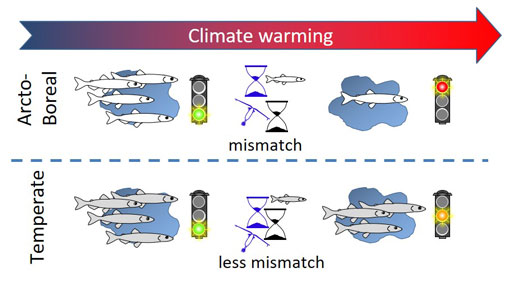
Climate warming is changing the timing of among others the reproduction for plankton or fish. Predators depend on an abundant prey supply to feed their young and insure that they survive. When the timing of the prey and the predator are not in synchrony the predator young cannot feed and are dying: there is a mismatch.
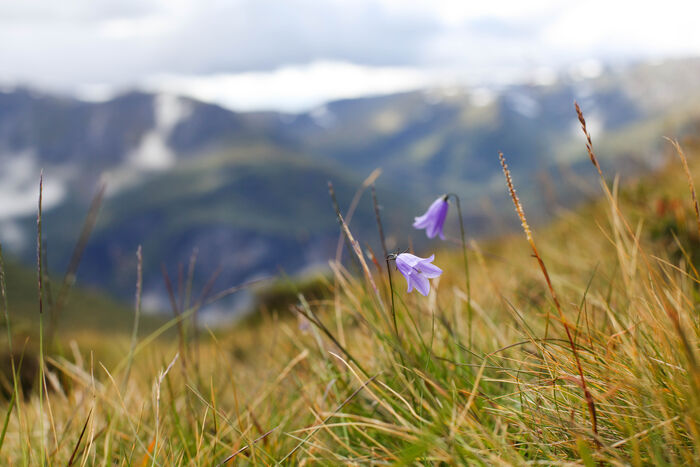
This project aims to understand the dynamics of the plant root microbiome in response to elevated temperatures and altered annual precipitation patterns.
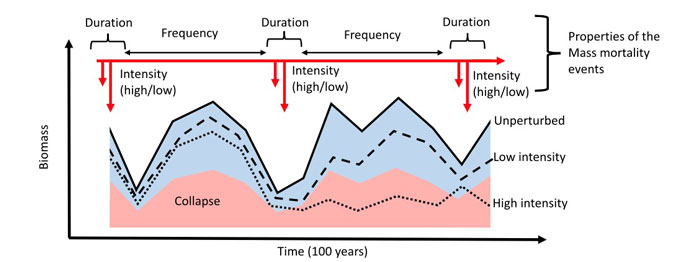
Extreme climate events, overexploitation and in general human activities can lead to a strong elevation of mortality, particularly for young and sensitive life stages. Such mass mortality events are predicted to occur more frequently. In our study published in Global Change Biology (Langangen & Durant, 2024), we recorded the chance of collapse of fish populations confronted to various levels and frequency of mass mortality events.
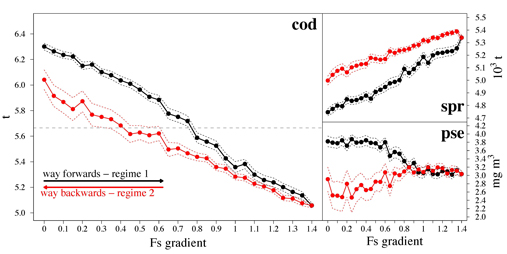
In this study we assessed the chances of recovery of the Baltic Sea cod stock and conclude that it will never come back to the status it had more than three decades ago and that the economic losses associated to this new baseline amount to 120 million euros per year.
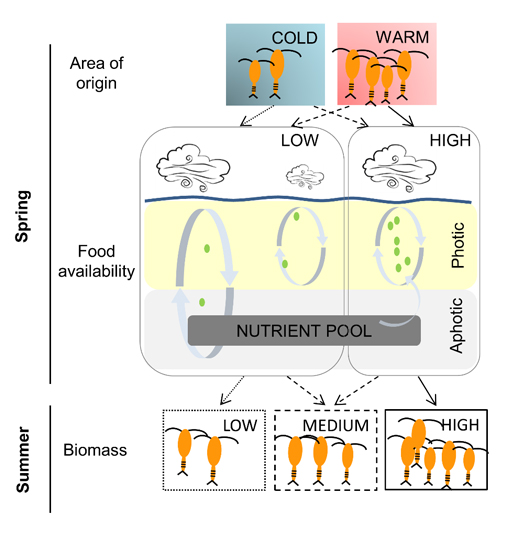
A recently paper published in PNAS, members of the CEES Marine Group explore potential climate effects on Calanus finmarchicus, a key zooplankton species in the North Atlantic. The paper shows how the combination of shallow mixed-layer-depth and increased wind apparently increases chlorophyll biomass in spring, and in turn C. finmarchicus biomass in summer. These findings strongly suggest bottom-up effects of food availability on zooplankton, and highlight the need to consider climate effects “beyond temperature” when projecting zooplankton dynamics under climate change.
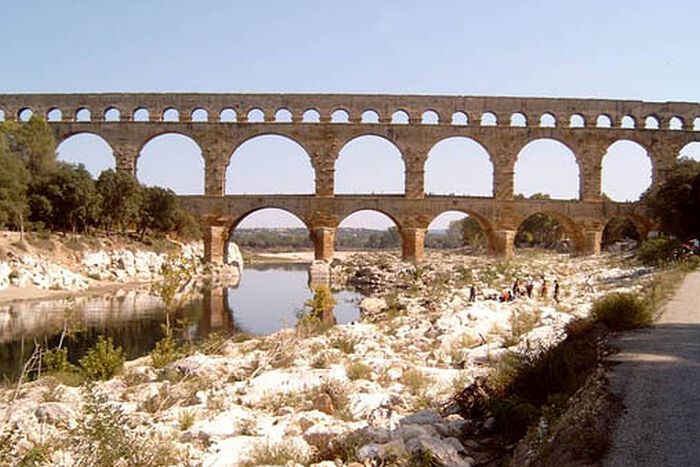
Water availability is expected to be highly sensitive to climate change and severe water stress conditions may cause major social, economic and environmental problems. This requires better knowledge on the drought generating mechanisms, its impacts and mitigation options.
The aim of the DROUGHT-R&SPI project is to improve drought preparedness in Europe through increased knowledge of drought generating processes, drought early warning and management plans, and improved science-policy interfacing.

Surface waters in Scotland, as well as in southern Norway and southern Sweden have experienced a significant increase in NOM-concentrations and fluctuations over the last decades, likely due to the combined effects of climate variation and reduced acid rain.
NOM concentration levels and physiochemical properties vary significantly in space and time. Especially the seasonal fluctuations are site specific and therefore unique to any raw water source.
Surface waters are commonly used as raw water sources by waterworks for tap-water production in these countries. NOM in the water affect colour, taste and odour. Increasing concentrations of NOM, thus, causes increased demand for coagulant and disinfectant doses. NOM influences, furthermore, the stability and thereby the removal of inorganic particles and pathogens and increase the mobility of micro-pollutants. It fouls membranes, block filtration pores and compete for adsorption sites. In the water distribution networks, NOM influences on corrosion and leads to regrowth and biofilm formation during distribution, including house installations (e.g. problems with biofilm-amoebae-Legionella).
The increasing amount and variability of NOM concentrations and characteristics, thus, represents severe challenges for process control in water treatment and distribution systems.






